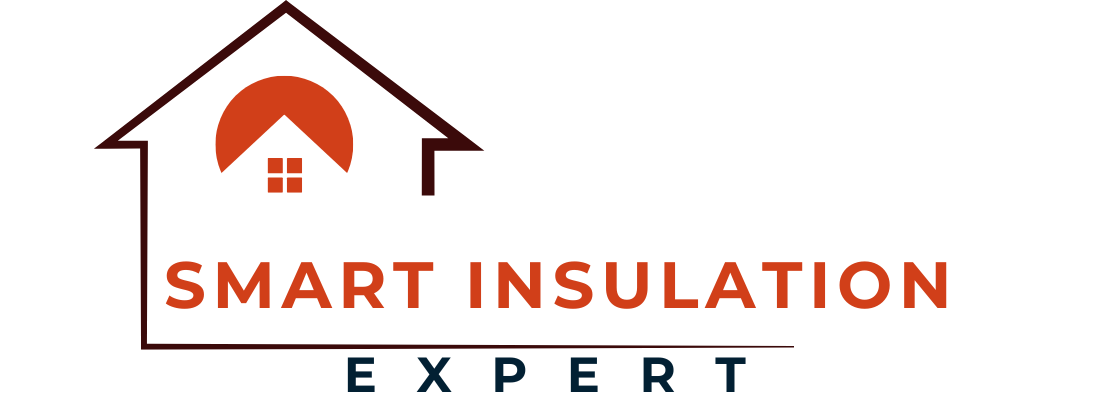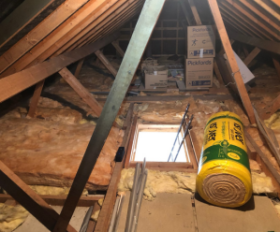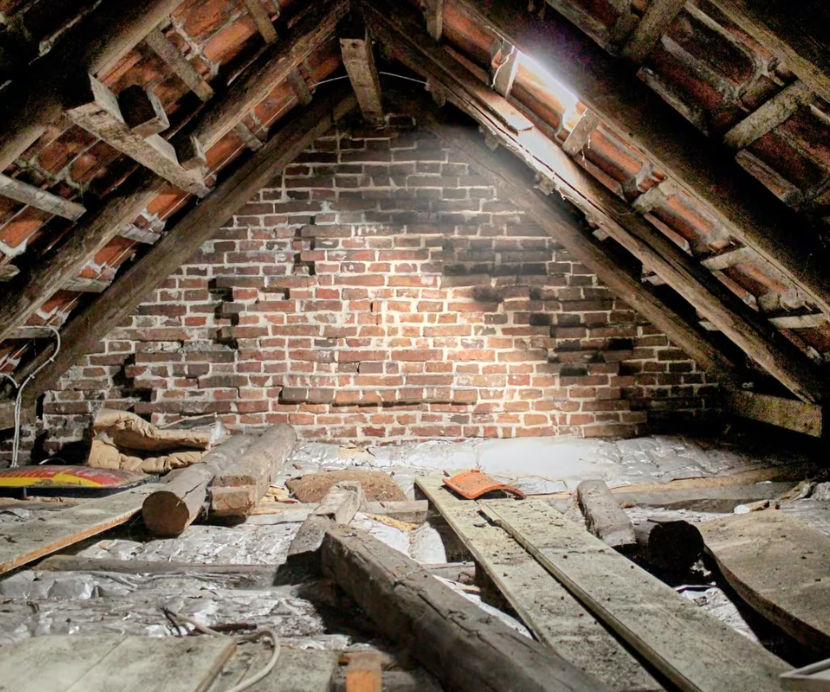
External wall insulation (EWI) is a modern solution designed to enhance your home’s energy performance, reduce heating costs, and give your property a fresh new look. Ideal for homes with solid walls or properties where internal insulation isn’t feasible, EWI combines functionality with aesthetic appeal.
What is External Wall Insulation?
External wall insulation involves adding a protective layer of insulation material to the outside of your home’s walls. The insulation is typically finished with a render or cladding, providing a durable and visually appealing exterior.
EWI is particularly suited to older properties with solid walls, which can lose up to 45% of their heat through the walls.
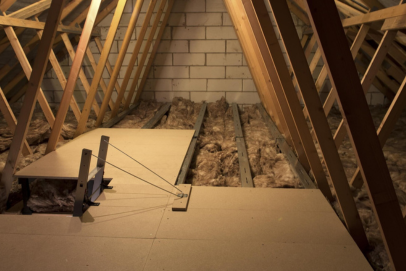
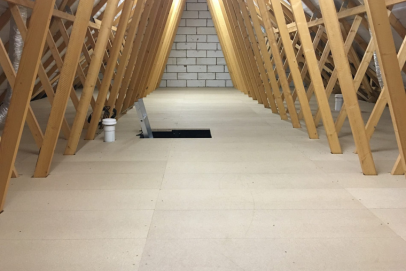
Main Services
Benefits of External Wall Insulation
Improved Energy Efficiency
Enhanced Comfort
Modernised Appearance
Noise Reduction
Increased Property Value
Reduced Carbon Footprint
The Installation Process
Property Assessment
Preparation
Insulation Application
Reinforcement
Finishing
Types of External Wall Insulation
Expanded Polystyrene (EPS)
Excellent thermal performance.
Commonly used for a variety of properties.
Mineral Wool
Provides both thermal and acoustic insulation.
Ideal for homes in noise-prone areas.
Phenolic Foam
Suitable for properties with space constraints.
Wood Fibre
Suitable for older buildings and heritage properties.
FAQ
EWI is best suited for solid-wall properties. It may not be suitable for homes with cavity walls that can accommodate cavity insulation.
The process typically takes 2 to 4 weeks, depending on the property size and complexity of the work.
The render or cladding finish may require periodic cleaning or repainting, but overall, EWI is low-maintenance.
EWI is a complex process that requires professional expertise to ensure effective insulation and compliance with building regulations.
Yes, by keeping walls warmer, EWI reduces the likelihood of condensation forming on internal surfaces.

